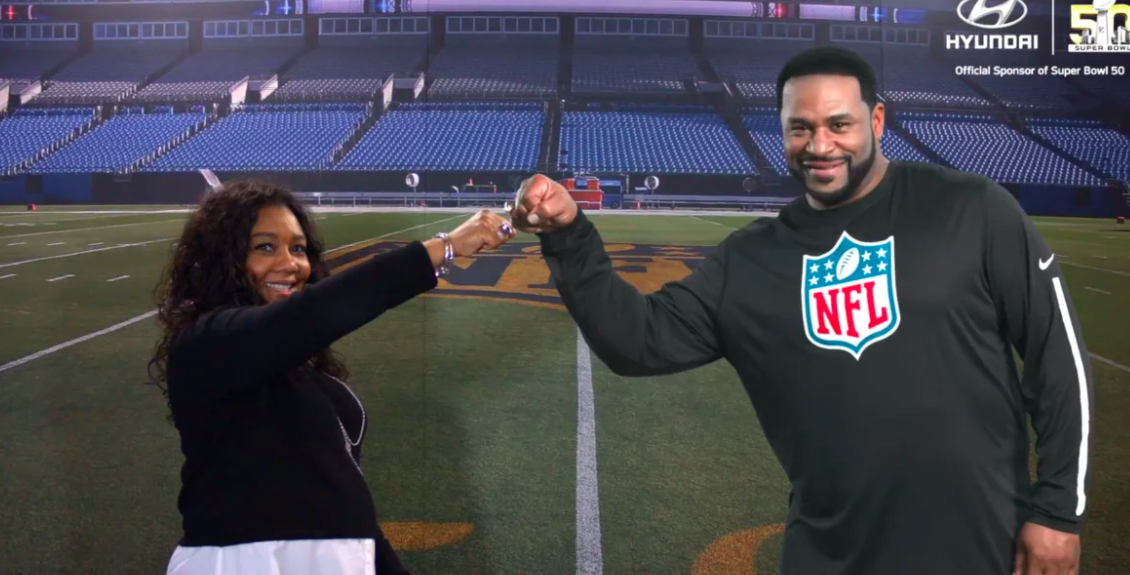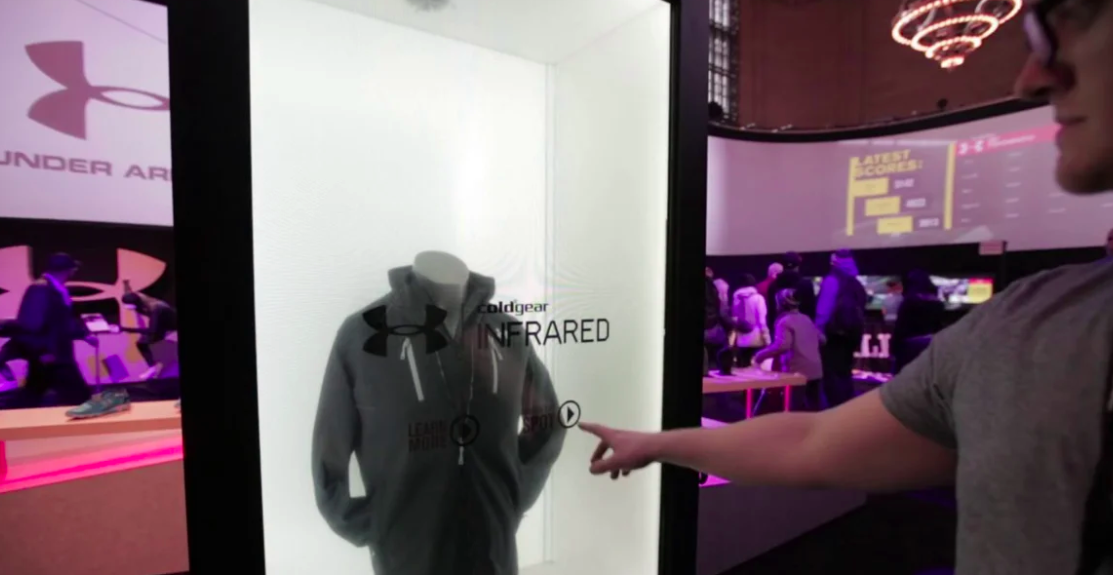
Some predictions and recommendations for brands at one of sports’ biggest shows
As a longtime partner of the NFL in the creation of interactive fan experiences, the content and engineering team here at Helios has had a unique birds eye view into how the league and its brand partners have become more sophisticated in the area of fan engagement and activation.
This year’s Super Bowl LIII, scheduled for February 3rd at Mercedes-Benz Stadium in Atlanta, will no doubt set a new high water mark for creativity in this area – both onsite and online, and for endemic and non-endemic sponsors alike.
So as a guide for brands and their agency partners who are hammering out their Super Bowl strategy right now, here are some predictions and recommendations to keep in mind:
#1 Getting Closer to the Game and Athletes
Fans who get real time updates from their favorite athletes on Twitter and other social channels year-round feel closer their heroes than ever before; the Super Bowl should heighten that availability and bring fans into more direct contact with the game and the players.
So we expect to see a lot of immersive media that puts fans directly into the action. While traditional games like analog ring toss and merch giveaways still have their place, fans expect to be able to virtually step into the world of the game and interact with athletes one-on-one in some manner, even if in a pre-produced scripted manner that offers some choice to the participant.
Example: Hyundai at Super Bowl 50

#2 Connect to Purchase and Social Share
Whether onsite or online, part of the payoff for the fan should be an exclusive offer or reward that ties back to an immediate/short term purchase moment (e-commerce, drive-to-retail, “gift to others” etc.). Being part of the moment should give fans access to unique opportunities that align to the spirit of the game and the brand’s ability to satisfy the needs/wants of the fan.
That extends to the social share element: by building social share into the fan interactive and making sharing as easy as clicking a button, we gain an immediate amplifying power of the network effect. The trick is making social media assets irresistibly shareable – the “cool factor”.
Example: Under Armour’s House of Innovation/Super Bowl XLVIII

#3 Intuitive Experience
We’re seeing a big increase in the use of augmented reality and mixed reality experiences such as motion detect gaming, for the simple reason that it’s much easier for fans to get into a brand’s story when you cleverly minimize the technology, keeping the focus on the content.
The ideal scenario is one in which the fan simply walks into the world we’ve created with no technology hurdles to overcome.
Even in the case of using VR and similar hardware-intensive experiences to spend multiple minutes with a fan, the design of the game and supporting hardware must be simplified so that it’s easy for fans (and staff) to get into the experience and enjoy it with a minimum of hassle.
Example: Samsung’s US Open VR

The Super Bowl, much like the Olympic Games, is an opportunity to engage customers at an ideal time: we want to show our passion and “live our fanship” in ways that bring us together. Each of us wants to be part of the action….and interactive, personalized experiences that resonate cut through the usual barriers we erect against marketing.
To that end, interactive experience is increasingly one of the most powerful tools available to us as storytelling and business drivers. Keeping all that in mind, we look forward to seeing how brand marketers and their agency partners rise to that challenge in Atlanta next year.
